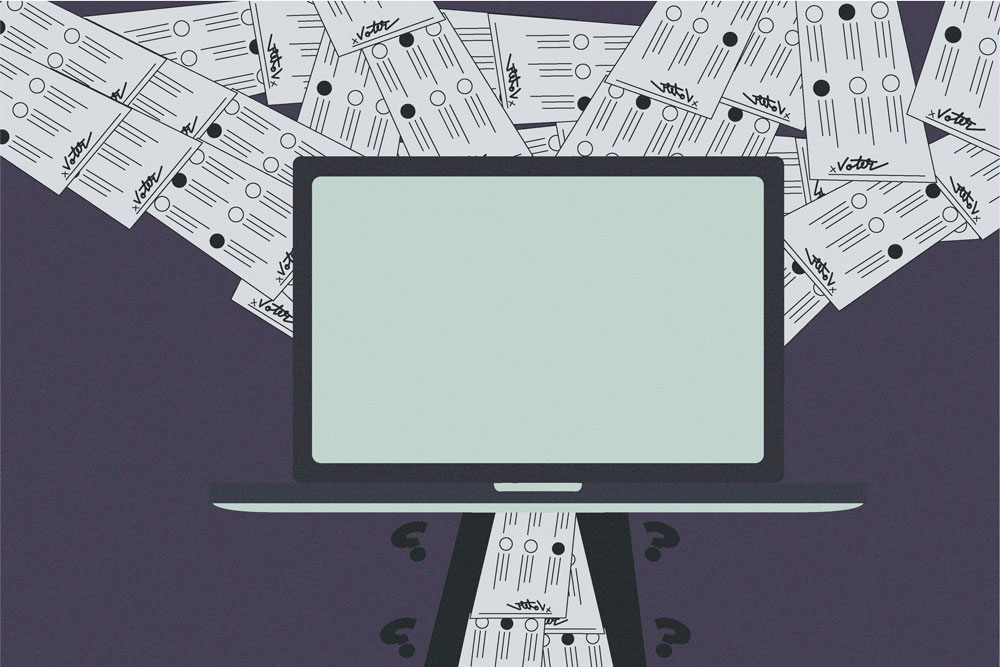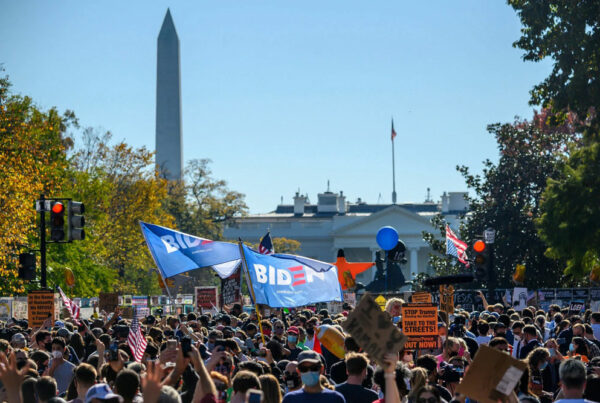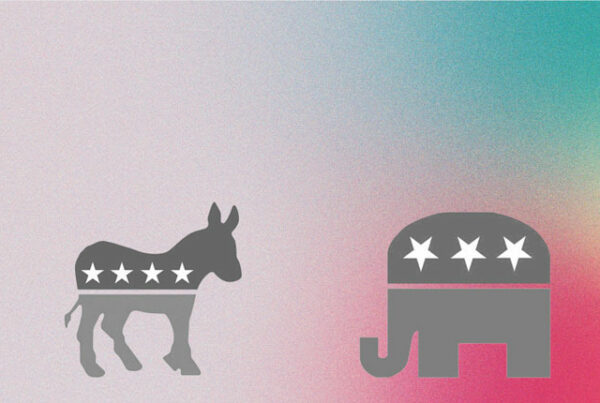What Is Digital Voter Suppression?
You’ve likely seen a lot of Canva infographics about politics and voting practices, even from our Instagram account (give it a follow, you won’t be disappointed). There are a ton of great resources on social media and the Internet that inform about voting, but our reliance on digital interfaces is a double edged sword, leaving our elections increasingly vulnerable to manipulation by the spread of disinformation. Specifically, I’m talking about voter suppression, the digital kind.
This year, our vulnerability is even more apparent as the pandemic has forced election officials to offer a range of voting options, many of which can seem confusing and overly complicated. (Quick note: It’s absolutely CRITICAL to know if you’re registered, how to vote, and the deadlines in your state, so if you don’t know that already, check out our voter guide.) The pandemic has turned the election process into microwaved chaos, which is the cesspool of confusion that voter suppression thrives in.
Voter suppression is an umbrella term that encompasses any sort of strategy that makes it more difficult for a population to vote.
Before we look at digital voter suppression, it is helpful to look at other kinds of voter suppression that don’t necessarily involve technology. Historically, we can look at examples of voter suppression like literacy tests that de-facto disenfranchised Black voters. You might’ve read about the purges of registered voters, or about gerrymandering, or about how, in some states, having a felony conviction means losing your right to vote. It’s also no secret that voter suppression targets marginalized communities; people with disabilities often face many barriers to voting and communities with large BIPOC populations tend to have fewer polling places. If you want to learn more about these forms of voter suppression, here’s a great summary by the ACLU.
But now, I return to the issue of digital voter suppression. The rise of social media allows for the rapid spread of information, but also disinformation. (How does that song by Lauv go? We traded all our rights for drugs and the Internet?)
Introducing: digital voter suppression.
Digital voter suppression refers to strategies through the Internet or robocalls and texts to reduce voter turnout of targeted populations. Imagine a seemingly innocuous tweet reminding voters about Election Day, but the day it highlights is the day AFTER the election. Here’s an example that the Brennan Center for Justice at NYU Law found in 2018, where accounts were posting “#votenovember7” when the actual election was November 6th. If this were a midterm, an early voting day, or a local election, maybe you wouldn’t even think twice about retweeting it. Think about how much of your election information comes from social media and from your friends posting links to check your voter registration. You would think you’re encouraging voting, right?
In the current pandemic, more people are staying home, which means we are that much more reliant on online sources and that much more vulnerable to the deceptive spread of disinformation intended to suppress the vote. Another report published in early September by the Brennan Center detailed the potential dangers of digital voter suppression via disinformation. The report highlights a few examples in recent years: bot calls in Texas wrongly informed voters that they could vote on a different day, mass texts were targeted at Black voters in Alabama and falsely claimed a change in polling locations, and on the day of a Florida congressional primary, a Youtube video was circulated among voters falsely stating that one of the candidates had dropped out.
The most familiar and widespread example in the United States is the Russian manipulation of the 2016 presidential election. Social media bots largely targeted Black voters with the intention of suppressing their votes; bots posted polarizing slogans like “Our Votes Don’t Matter” in Facebook groups. New tactics are being implemented for the current presidential election. The Department of Homeland Security issued a memo warning that Russian actors have already and will continue to capitalize on the discord surrounding mail-in ballots, perpetuating the idea that the election is going to be rife with voter fraud. By amplifying and sowing distrust in democratic processes, Russian websites and bots effectively discourage voting.
There are legal measures that can be taken to punish the spread of disinformation (a gubernatorial campaign manager Paul Schrick was charged with voter fraud in 2011 for his role in orchestrating manipulative robocalls), but the Brennan report suggests that the real solution is in proactive steps. Much of this change needs to happen at the level of election officials, who need to build trust in the community and share information through an official, reputable source. However, there are still steps individuals can take to fight the spread of disinformation and voter suppression.
Here’s your call to action:
- Super easy: Triple check anything you choose to post about voting practices. If you’re sharing information that only pertains to your state, specify that!
- Absurdly easy: If you see something on social media that seems intentionally or accidentally misleading, report it! If there is any kind of voter suppression in your community you can also report it to the voter assistance coalition, Election Protection (1-866-OUR-VOTE)!
- Zoom easy: Digital voter suppression can easily target the elderly, so check in with your grandparents, mentors, etc. about their voting plan. They love it when you call!
- Easy, but requires some planning ahead: Volunteer to be a poll worker or staff phone lines at an election office!
- Easy and spicy: Research the platforms your state and local election officials use to spread election information. Contact them and ask them to widely distribute accessible information far in advance. Wouldn’t it be great if you could repost information directly from your election office?
All of the above applies to all elections, not just the presidential election in November! A lot of the stuff you want to change happens at the local and state levels!

Sophia Marusic, Content Creator






